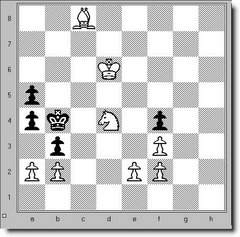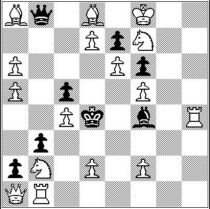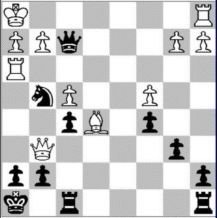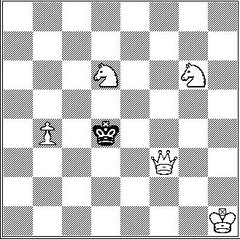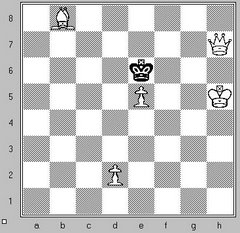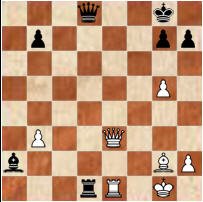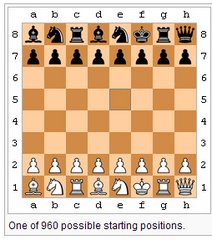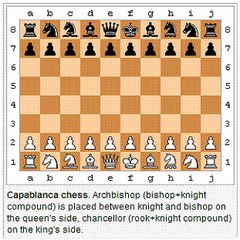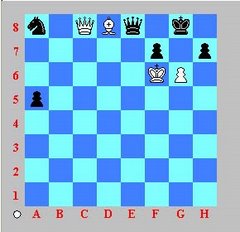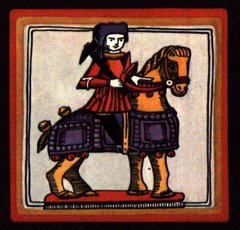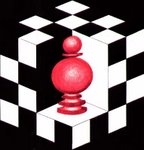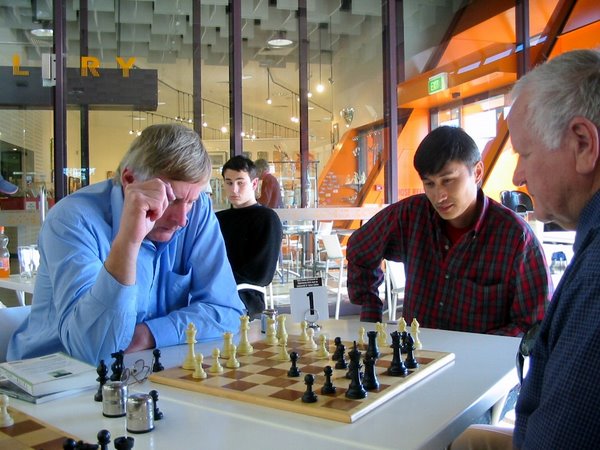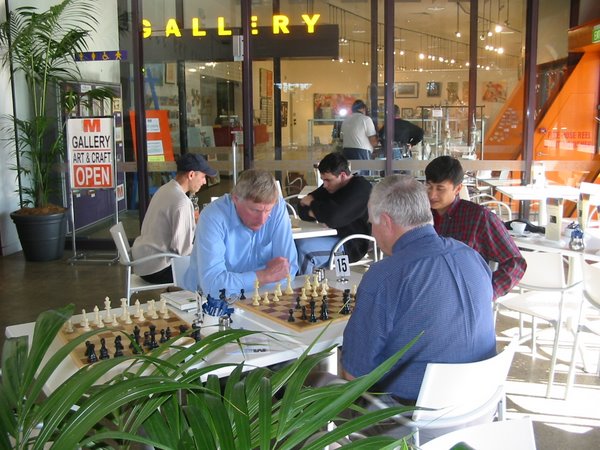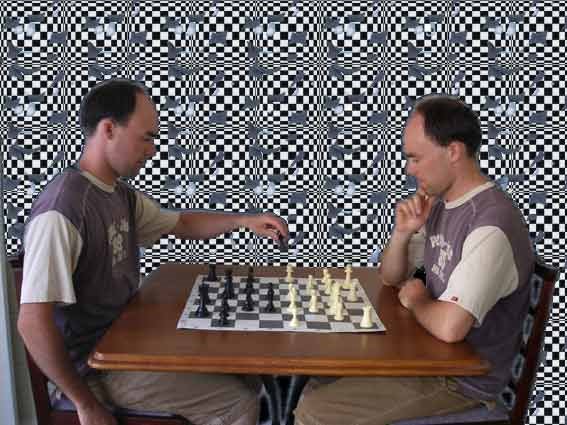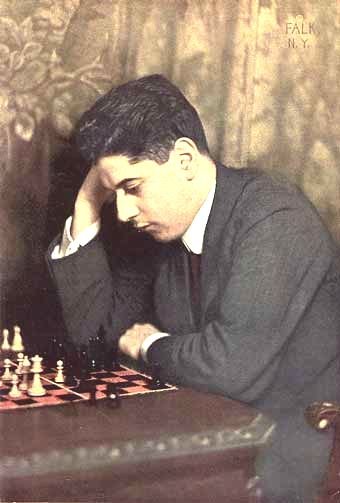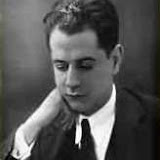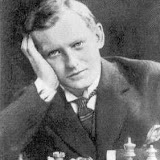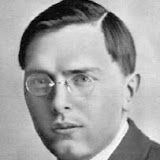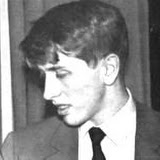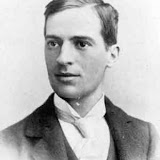European Team Chess Championships 2007
Crete, Greece / 27 October - 7 November
The participants include 7 of the World Top-10 players: V. Ivanchuk, V. Topalov, A. Morozevich, S. Mamedyarov, T. Radjabov, L. Aronian,
A. Shirov with many more from 40 countries. This is a must see event updated news will be posted as I receive it.
1 RUSSIA (also the Women's team)
2 ARMENIA
3 AZERBAIJAN
The Russian team came in as favorites to win this event, and did so with gusto. Not far behind was Armenia the Olympic gold medalist in 2006. great play by Azerbaijan we can see that the event was well organized and I feel sure that everyone enjoyed themselves.
I will be picking out a player here and there who I think has played well for this event. I am going to draw your attention to Zdenko Kozul (born May 21, 1966) the year England won the world cup in football! Zdenko is a Croatian chess grandmaster and was the 2006 European champion. He played Shirov in round three and it was a great game, typical of the style of Kozul, this is not the first time he has beaten Shirov. In round four he is up against V.Topalov a must see match. I would like to bring your attention to a game played by Kozul in 2004 at Tripoli, Libya. It was a game of great skill a Rook down and by pushing his pawns as you will no doubt agree was a very nice game indeed.
View Gamethat you can download. Z Kozul vs Rublevsky, 2004 1-0
[Round "5"]
[White "Akopian (ARM)"]
[Black "Atalik (TUR)"]
[Result "1-0"]
Vladimir Akopian (Armenia); born December 7, 1971 in Baku) is a leading Armenian chess Grandmaster. In Armenia his surname is more commonly written Hakobyan however, most English texts and the Fédération Internationale des Échecs use a transliteration of the Russian version.
Akopian won the World Under-16 Championship in 1986 at the age of 14 and the World Under-18 Championship at 16.
Akopian was one of the contributing players on the Armenian chess team which won gold at the 2006 Chess Olympiad he is Armenia's number two player, behind Levon Aronian.
Akopian Vs V.Kramnik [1-0] No doubt about it Akopian is worthy to take a close look especially at his style of play when it comes to an end game. I can just imagine anyone confronted playing him will be thinking I have to mate this guy before the end game because I personally think he is dynamic.
Master the End games II (for your pleasure)
Magnus Carlsen (Norway)Magnus Øen Carlsen (born November 30, 1990) is a Norwegian chess Grandmaster who came to international attention after winning the C group of the Corus Chess Tournament in January 2004 at the age of thirteen, and winning the B group of the same tournament two years later at 15.
Carlsen became Grandmaster at the age of 13 years, 4 months, and 27 days, the third youngest Grandmaster age in world history, surpassed only by Sergey Karjakin and Parimarjan Negi.
[Round "6"]
[White "Carlsen (NOR)"]
[Black "Tiviakov (NED)"]
[Result "1-0"]
Magnus Carlsen has been playing very well indeed, his game in round six just shows that this young man is headed for the top at some point in his career. I have included a game played by Carlsen-Ernst, from the Corus Chess tournament in 2004. It is given with Carlsen's own annotations.
1. e4 c6
A surprise in move one! I had prepared for the Ruy Lopez.
2. d4 d5 3. Nc3 dxe4 4. Nxe4 Bf5 5. Ng3 Bg6 6. h4 h6 7. Nf3 Nd7 8. h5 Bh7 9. Bd3 Bxd3 10. Qxd3 e6 11. Bf4 Ngf6 12. O-O-O Be7 13. Ne4 Qa5
13...Nxe4 is possible, followed by 14. Qxe4 Nf6 15. Qd3 Qd5 (15...Qa5 16. Kb1 0-0 causes the continuation) 16. Kb1!? (16. c4 is more common) 16...Nh5 17. Bc1 followed by Ne5 gives good compensation for the pawn.
14. Kb1 O-O 15. Nxf6+ Nxf6
Not 15...Bxf6 16.g4!
16. Ne5
Polgar actually played 16.g4 in this position also - against Anand in last years Wiijk an Zee. I reckoned Ernst was well familiar with this continutation and therefore chose a quieter line.
16...Rad8 17. Qe2
This was the last theoretical move I knew. Still, I had used 45 minutes to decide upon which line to play.
17...c5!?
17...Qb6 18.c3 (18.Rd3 was recommended by some commentators, but it looks like it may be possible for black to snatch the pawn, for instance 18...Rxd4 19. Be3 Re4!) 18...c5 was definitely a better choice for black.
18. Ng6! fxg6?
The alternative 18...Rfe8 19.Nxe7+ Rxe7 20.dxc5 was preferable, but black is in trouble here as well.
19. Qxe6+ Kh8 20. hxg6!
Black is actually defenseless.
20. ... Ng8
The best try. 20...Rd7 or 20...Rde8 are both driven back by 21. Rxh6+ gxh6 22. Bxh6 Rg8 23. Qf7 cxd4 24. Bg5! (In the line after 20...Rde8 the response 22...Qb6 fails to 23. g7+ Kh7 24. gxf8=Q Bxf8 25. Qf7+ Kxh6 26. f4! with a mating attack.)
21. Bxh6 gxh6 22. Rxh6+!
The real point of the combination.
22...Nxh6 23. Qxe7 Nf7
The only move.
24. gxf7
Interestingly enough had 24. Qf6+? been played before, but after 24...Kg8 25. Rh1 Nh6 26. Qe7 Nf7 27. Qf6 white only gets a draw.
24...Kg7
After 24...Qb6 25. Qe5+ Kh7 26. Rh1+ Kg6 27. Rh5 black has to give up his queen with 27...Qf6 28. Rh6+ to avoid mate, but the endgame is of course hopeless.
25. Rd3?!
25. Qe5+! Kxf7 26. Rd3 would have forced black to play 26...Qe1+ to avoid mate.
25...Rd6
This loses immediately, but 25...Qb6 26. Rg3+ Qg6 27. Rxg6+ Kxg6 28. d5 is also easily won for white.
26. Rg3+ Rg6 27. Qe5+ Kxf7 28. Qf5+
27...Kh7 28. Qh5+ Rh6 29. Qf5+ Kh8 30. Qe5+ leads to mate.
28...Rf6
Both 28...Ke7 and 28...Ke8 fails to 29. Re3+.
29. Qd7# 1-0
Feast your eyes on this young man Teimour Radjabov, he played Vladimir Akopian in the eighth round playing French advanced and was so strong it must of had some effect on Akopian. Radjabov never made a single mistake well if there was one I never saw it Teimour was brilliant. Radjabov's playing style has been described as attacking and tactically influenced look at this game where he played Gary Kasparov and I must mention he has never lost to Kasparov. 0-1 click here
In 2003, Radjabov defeated Viswanathan Anand and Ruslan Ponomariov with the black pieces. He is probably the first player ever to beat three former and reigning FIDE World Chess Champions with the black pieces in one year
Teimour Radjabov, also spelled Teymur Rajabov, (Azerbaijani: Teymur Rəcəbov; born March 12, 1987 in Baku, Azerbaijan) is a leading chess player from Azerbaijan. On the July 2007 FIDE list, Radjabov had an Elo rating of 2746, ranking ninth in the world and second in his native Azerbaijan. Radjabov earned the title of International Grandmaster in March 2001 at the age of 14, making him the second youngest grandmaster in history at the time. If you don't know what T. Radjabov looks like then visit the photo gallery in round six, M. Carlsen is at the top of the photo gallery who has also moved in front of Alexander Morozevich by half a point and is now leading the event.
Round One Results
Round Two Results
Round Three Results
Round Four Results
Round Five Results
Round Six Results
Round Seven Results
Round Eight Results
Round Nine Results
Round One Results (Women)
Round Two Results (Women)
Round Three Results (Women)
Round Four Results (Women)
Round Five Results (Women)
Round Six Results (Women)
Round Seven Results (Women)
Round Eight Results (Women)
Round Nine Results (Women)
Standings and Statistics
Download Games Round Two in pgn
Download GamesRound Three in pgn
Download Games Round Four in pgn
Download Games Round Five in pgn
Download games Round Six in pgn
Download games Round Seven in pgn
Download games Round Eight in pgn
Download games Round Nine in pgn
Round One
Round Two
Round Three
Round Four
Round Five
Round Six
Round Seven
Round Eight
Round Nine
Host Site in Crete










